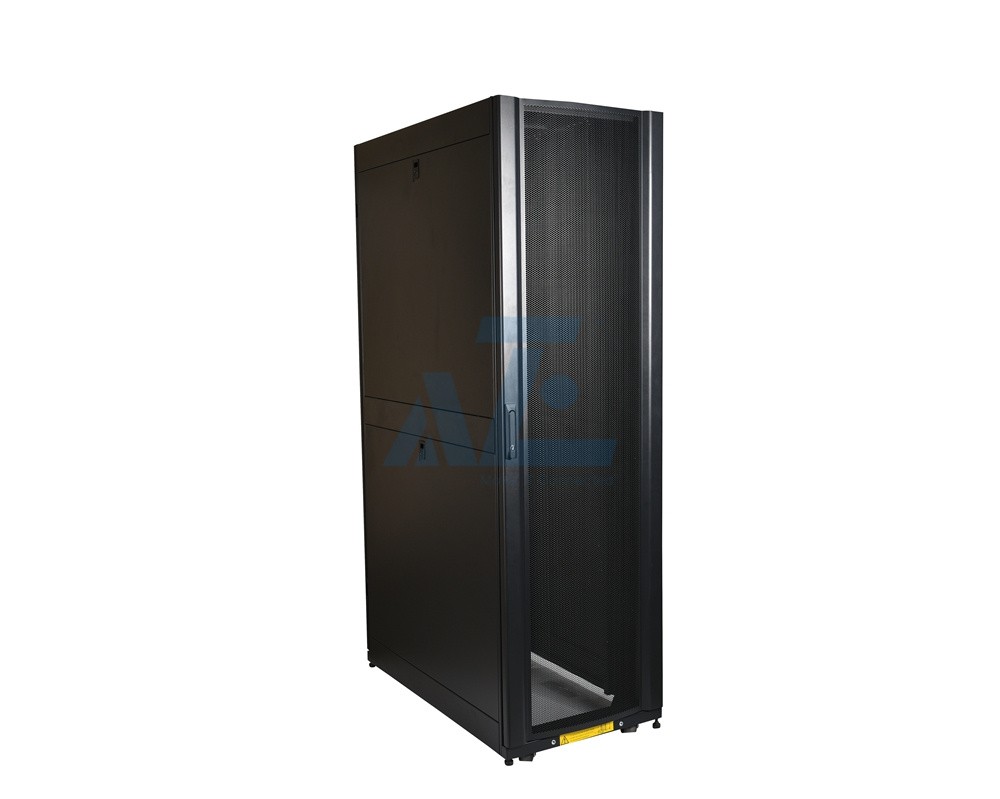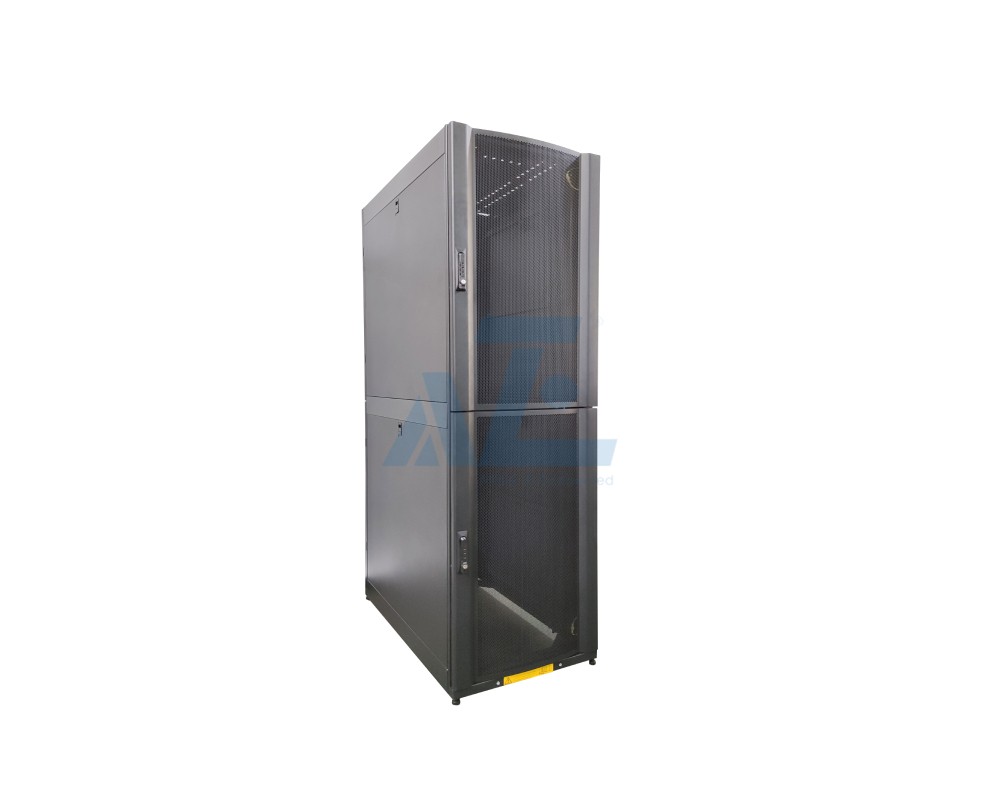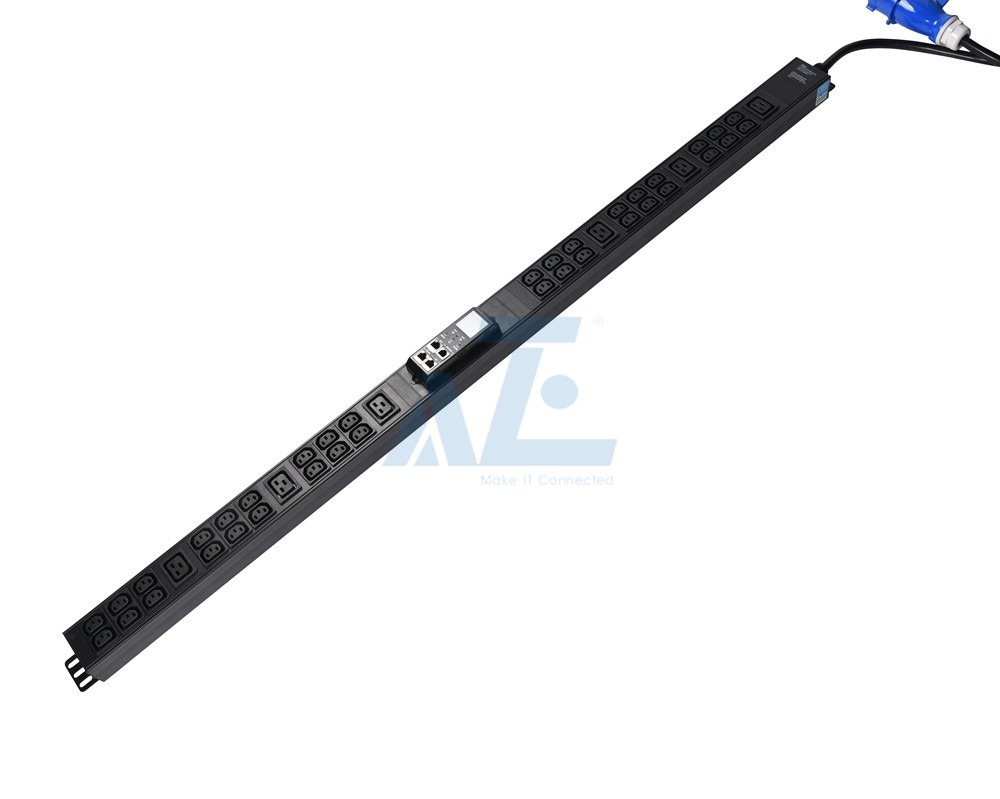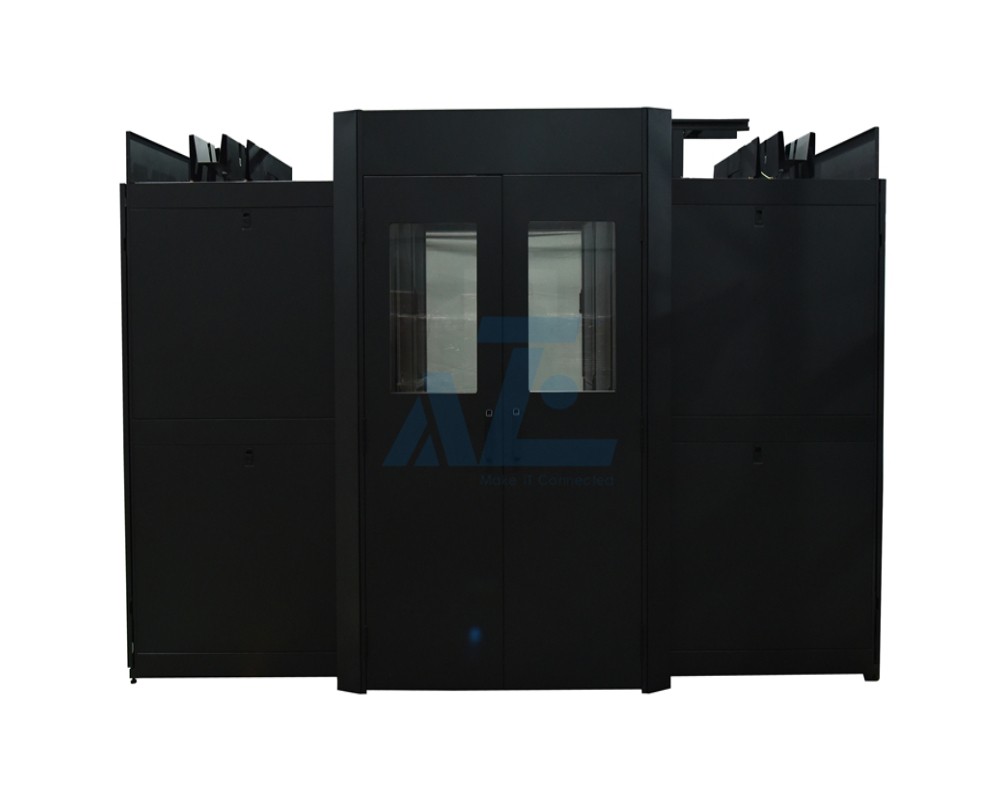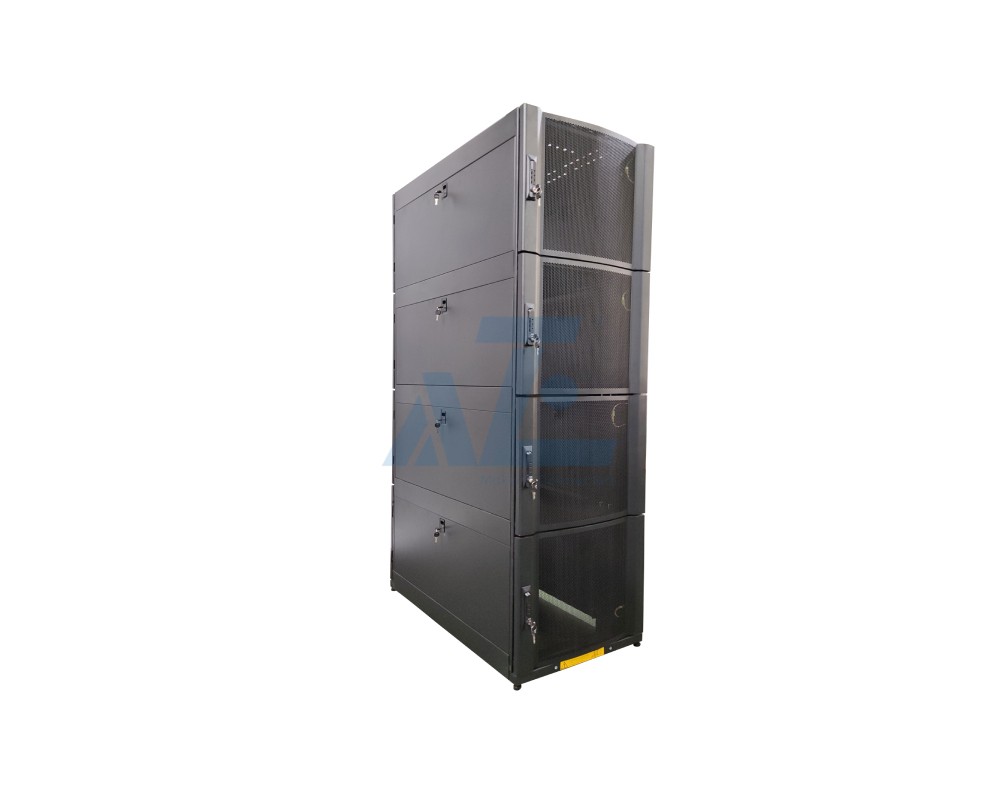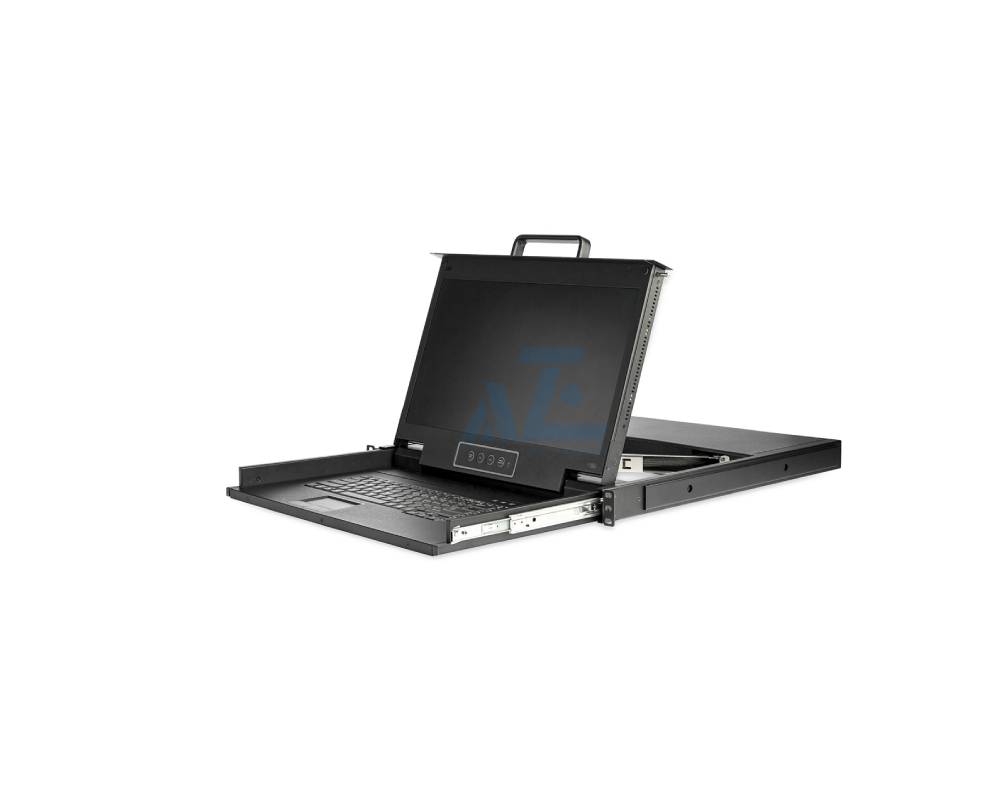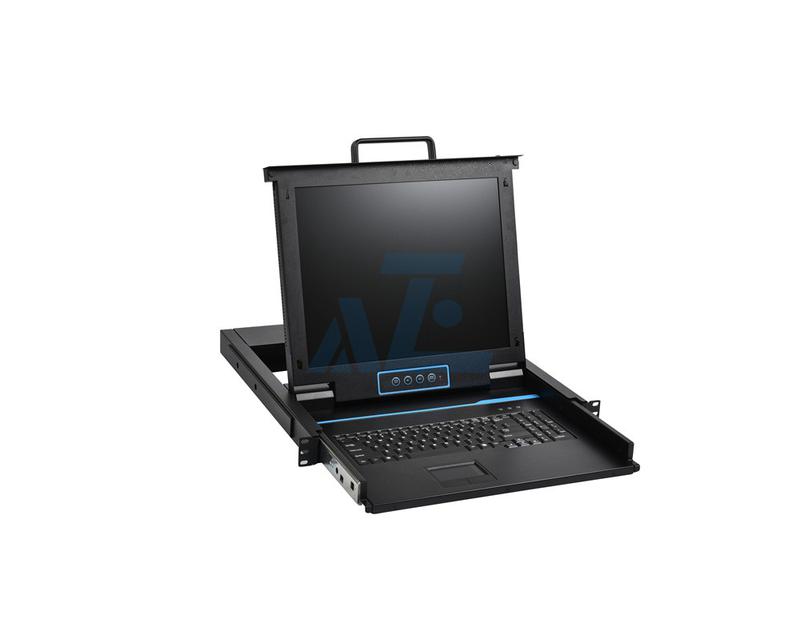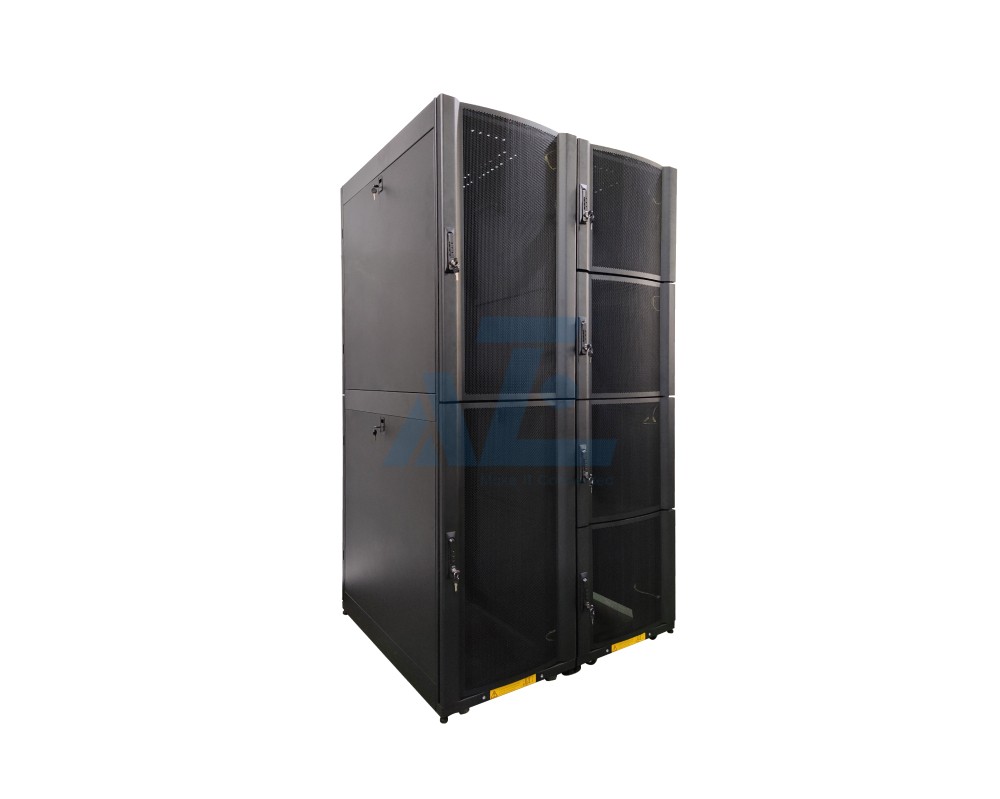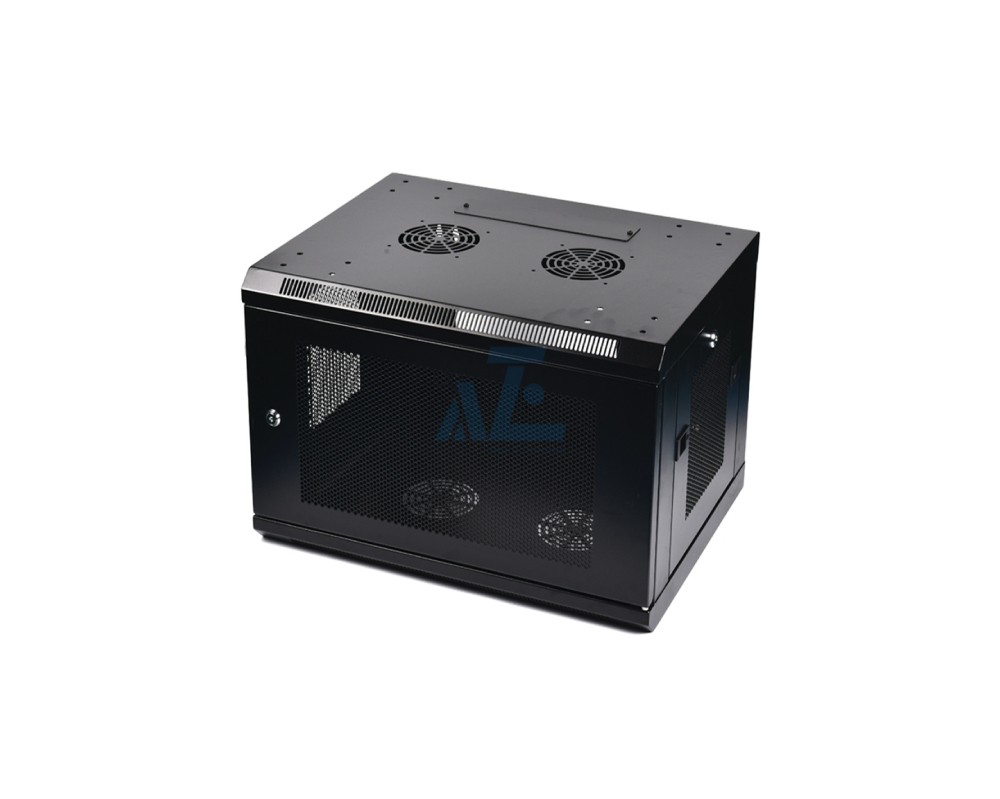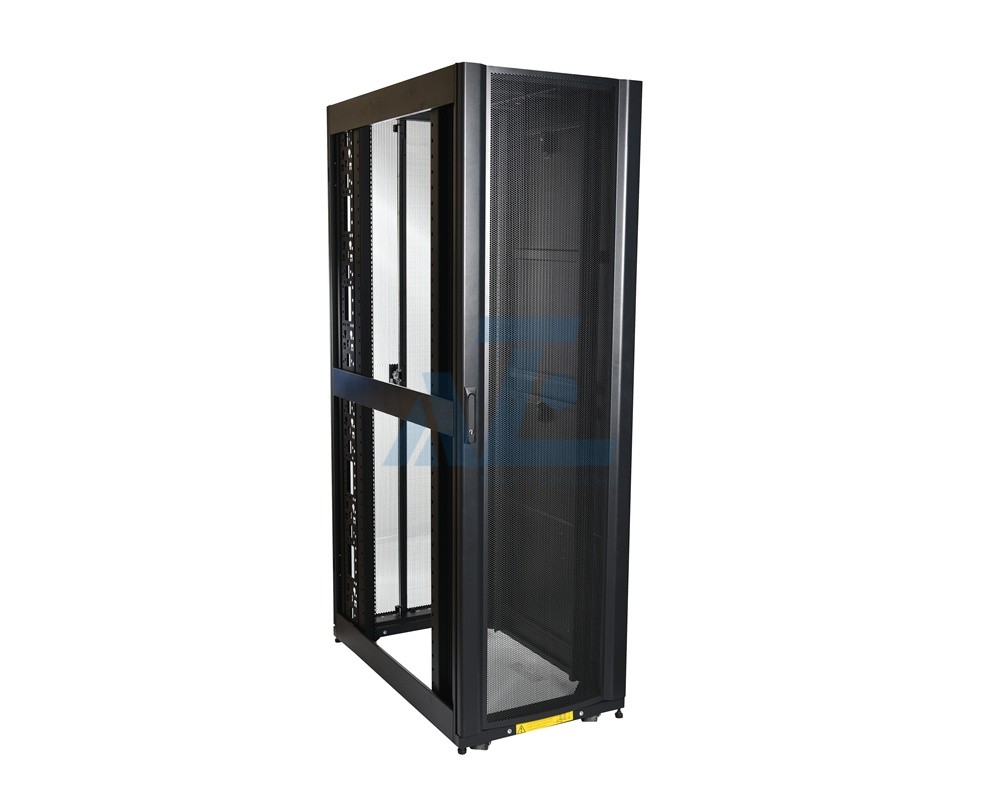Simplex vs Duplex Fiber Optic Cables
Simplex vs Duplex Fiber Optic Cables
Sep 20 , 2021Optical fiber cable, or optical cord, is a basic and necessary component in fiber optic network. There are many kinds of optical cables, such as single mode fiber optic cable, multimode fiber optic cable, simplex fiber optic cable, duplex fiber optic cable. Different kinds of fiber optic patch cables have different applications. This paper will focus on the simplex and duplex fiber patch cord. Through simplex vs. duplex fiber optic cables, we would summarize some tips to choose simplex and duplex fiber cable.
Rack mount fiber enclosure has become increasingly popular in data centers to ensure better cable management and maintenance. Besides, it can also be employed for fiber splicing joints, patch cord connections and MTP to LC interface transferring. When you are choosing the rack mount enclosure, just make the choice based on your specific need, then take the physical demand, accessories and budget into consideration.
Before discussing simplex vs. duplex fiber optic cables, the first thing is to get a clear and deep understanding of simplex vs. duplex. Simplex and duplex are different kinds of communication channels in telecommunications and computer networking, which provide pathways to convey information. According to the ITU-T definition, a simplex circuit is one where signals can flow in only one direction at a time. One end is the transmitter, while the other is the receiver and that is not reversible. On the other hand, the full duplex system uses two fibers to communicate. This allows one fiber to transmit from point A to point B while the other fiber transmits from B to A. Therefore, both ends of a full-duplex system have both transmitters and receivers. Unlike simplex, duplex can be divided into half duplex and full duplex. Half duplex means a communication channel that data can be transmitted in both directions on a signal carrier but not simultaneously. One end is the transmitter, while the other end is the receiver and may be reversible (this is the opposite of simplex). This makes it similar to a two-way radio.
A simplex fiber optic cable consists of one single strand of glass of plastic fiber and one single outer jacket. Simplex fiber is most often used for applications that only require one-way data transfer. Digital data readouts, interstate highway sensor relays, and automated speed and boundary sensors (for sports application) are all great uses of simplex fiber optic cable. In simplex fiber optic network, there are available in simplex single mode and simplex multimode fiber optic cable (eg: 62.5/125 OM1 fiber and 50/125 OM2 fiber). Single mode simplex fiber patch cable is a great option for setting up a cable network that will require data to travel in one direction over long distances. Since this simplex optical fiber cable only carries one ray of light at a time, it’s better for long-distance transmissions. The simplex multimode fiber has a larger diameter core that effectively allows multiple modes of light to propagate. The number of light reflection is created due to a larger diameter. The core of a single mode simplex optic patch cord is 8 to 10 microns, while a multimode simplex optic patch cord is either 50 or 62.5 microns. More data passes through the multimode fiber at a given point in time. The quality of the signal is reduced over long distances due to high dispersion and attenuation rate with this type of fiber. Multimode fiber is used for short distance data transmission purposes.
A duplex fiber optic cable consists of two strand fibers of glass or plastic, and it can be regarded as two simplex cables. This duplex fiber cable is carefully structured in a zip-cord arrangement, which is most often used for duplex communication between devices where require simultaneous, bi-directional data transfer. (One fiber transmits data one direction and another fiber transmits data in the opposite direction.) Larger workstations, fiber switches and servers, fiber modems, and similar hardware tends to require duplex fiber cable. Duplex fiber is also available in single mode duplex fiber optic cable and multimode duplex fiber optic cable. Half duplex and full duplex are two types of fiber optic duplex cables that are used in different data transmission applications.
Simplex VS. Duplex Fiber Optic Cables
As mentioned above, a simplex fiber optic cable has only one tight-buffered fiber inside cable jacket. The protective jacket enables the cable to be connected and crimped to a mechanical connector. However, duplex fiber optic patch cord can be regarded as two simplex cables having their jackets conjoined by a strip of jacket material, some duplex fiber optic jumper cables are with clips on the two fiber optic connectors at each side of the cable to combine the two connectors together. For the sake of using less source material, simplex fiber optic cable is cheaper than duplex optical cable. Furthermore, simplex optical fiber cable uses only single one strand of fiber in one-way transmission mode, while duplex fiber cable uses a pair of fiber in bi-directional transmission mode.
How to Choose Simplex and Duplex Fiber Optic Cables?
Single mode and multimode simplex optic patch cords can be used for applications that only require one-way data transfer. They are usually used to accomplish connectivity between two BiDi transceivers, which is usually designed with LC simplex single mode fiber to fit the optical interface of the BiDi SFP/ SFP+ optics and operating wavelength. In addition, simplex BiDi WDM Mux/DeMux is designed for use in single strand fiber transmission. So it also needs the simplex fiber cable to combine and separate wavelengths. In addition to these equipments, there are so many other components associated with simplex fiber solution, such as simplex PLC (Planar Lightwave Circuit) splitters, OADM (Optical Add Drop Multiplexer) and other simplex fiber products. As for duplex fiber optic cables, they are usually used in standard optical transceivers, such as SFP, 10G SFP+, 40G QSFP+ and 100G QSFP 28 (only LC duplex fiber cables can be used for long distance, such as 40G-LR4 and 100G-LR4). When the distance between two device is too long, duplex fiber is also used for interconnector or cross connector between fiber optic transceivers and MPO/MTP cassettes.
Looking for fiber optics cables?
Rack Mount Fiber Enclosure MPO /MTP Cassettes Data Center Containment Server Rack Accessories
From data center to outdoor telecom infrastructure products, AZE has the right product for you. AZE designs and manufactures Server Racks and Enclosures, Outdoor Telecom Cabinets and Electronic Enclosures, Power Distribution (Basic Rack PDUs and Smart PDUs), KVM Switches and Fiber optics products to globe customers in the market.
Make IT Connected, AZE can support you to make IT happen with affordable cost.
Contact AZE to customize your rack mount fiber enclosure solutions.
Related Products
Related Article
KVM Switches Frequently Asked Questions
Frequently Asked Questions for the KVM switches
What is colocation server rack cabinet enclosure
What is colocation server rack cabinet enclosure
How to choose the right wallmount rack cabinet
Wallmount Cabinet Enclosures are perfect solution in limited floor space
42U Server Racks – Are they right fit for you?
42U rack server cabinets store and secure your IT equipment safety
Server Rack PDU Buying Guide
Basic,metered PDU,find the perfect power solution for your data center.
What is a 19 inch rack cabinet?
What is the 19 inch server racks

